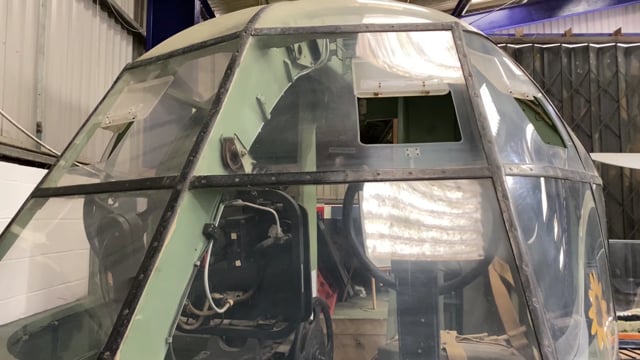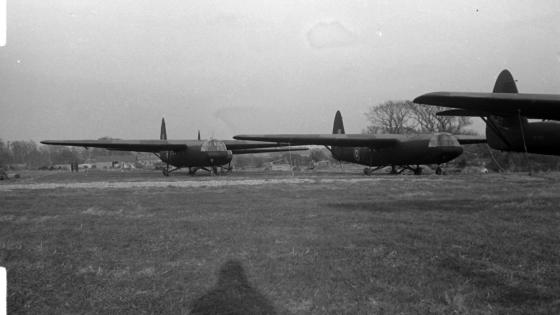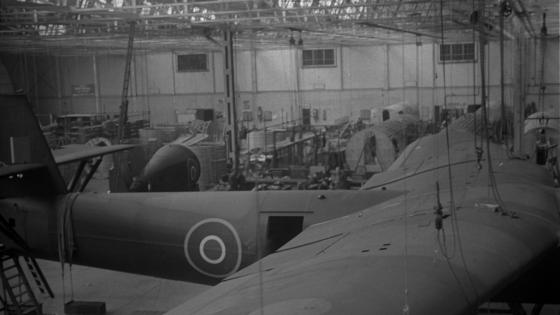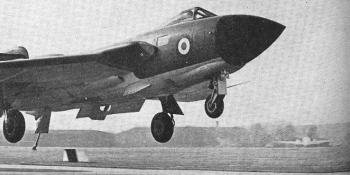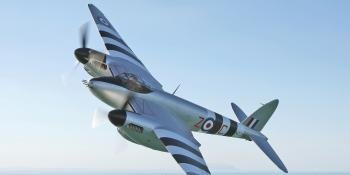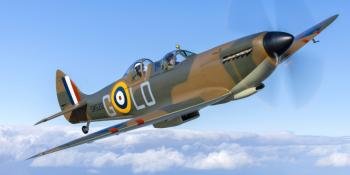In the pre-helicopter age, sending troops behind enemy lines meant packing them into a plywood glider like this…
These days, sophisticated military helicopters make it much easier to get a sizeable platoon of soldiers into enemy territory, but in World War II it wasn’t so simple. This was how it was done back then: by bundling 25 or more troops into an Airspeed Horsa glider.
Airspeed was a subsidiary of de Havilland, and this glider has to be one of the most wooden structures ever to fly. Even the central control column was made of wood, and operating it was simple on paper but incredibly hard in practice: towed from a UK base, it would then be released and left to the two pilots to land it into hostile territory without any idea of the ground conditions. After a hugely bumpy landing, the soldiers on board would then have to get out and fight – even the pilots.
Six Horsa gliders famously helped to take Pegasus Bridge on D-Day, showing how brutally effective something so seemingly crude could be. Over 3,500 were built and, as de Havilland Museum curator Alistair Hodgson explains in the above video, it is quite something to see this example in the flesh and think about the men who went to war in it.
Visit the de Havilland Museum, just off the M25 at London Colney, to see more incredible aircraft from the company’s history.


